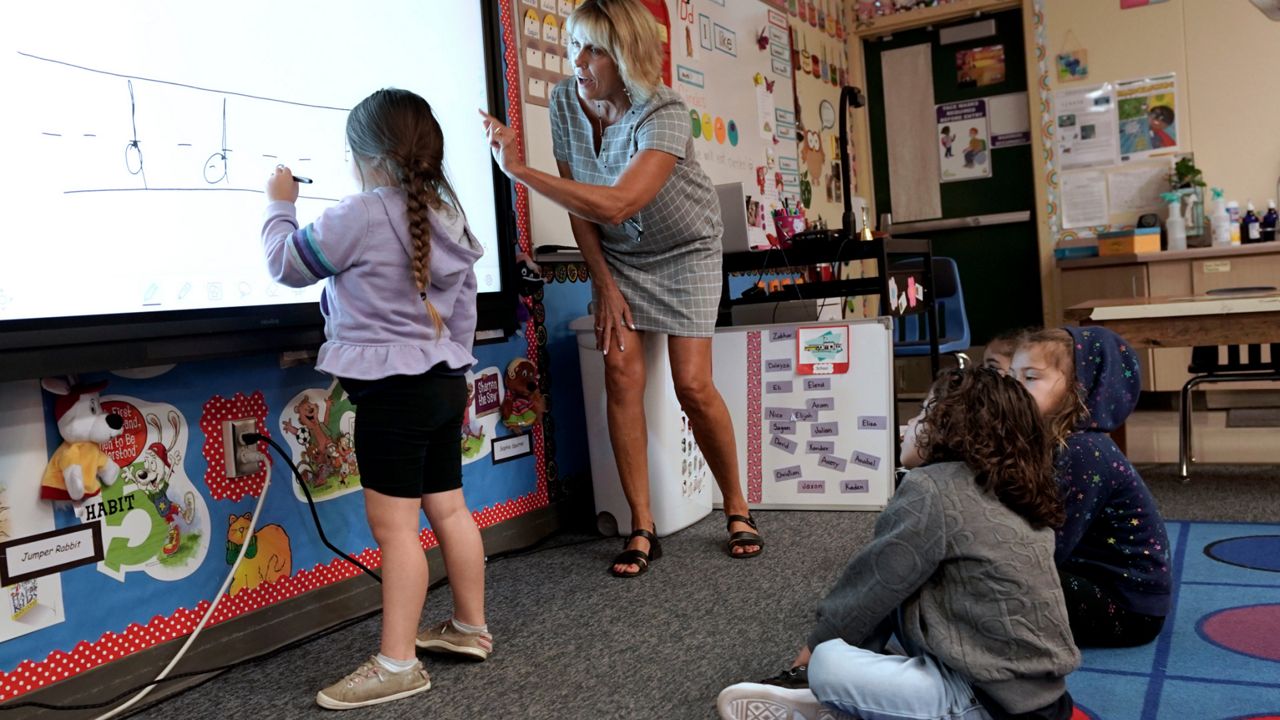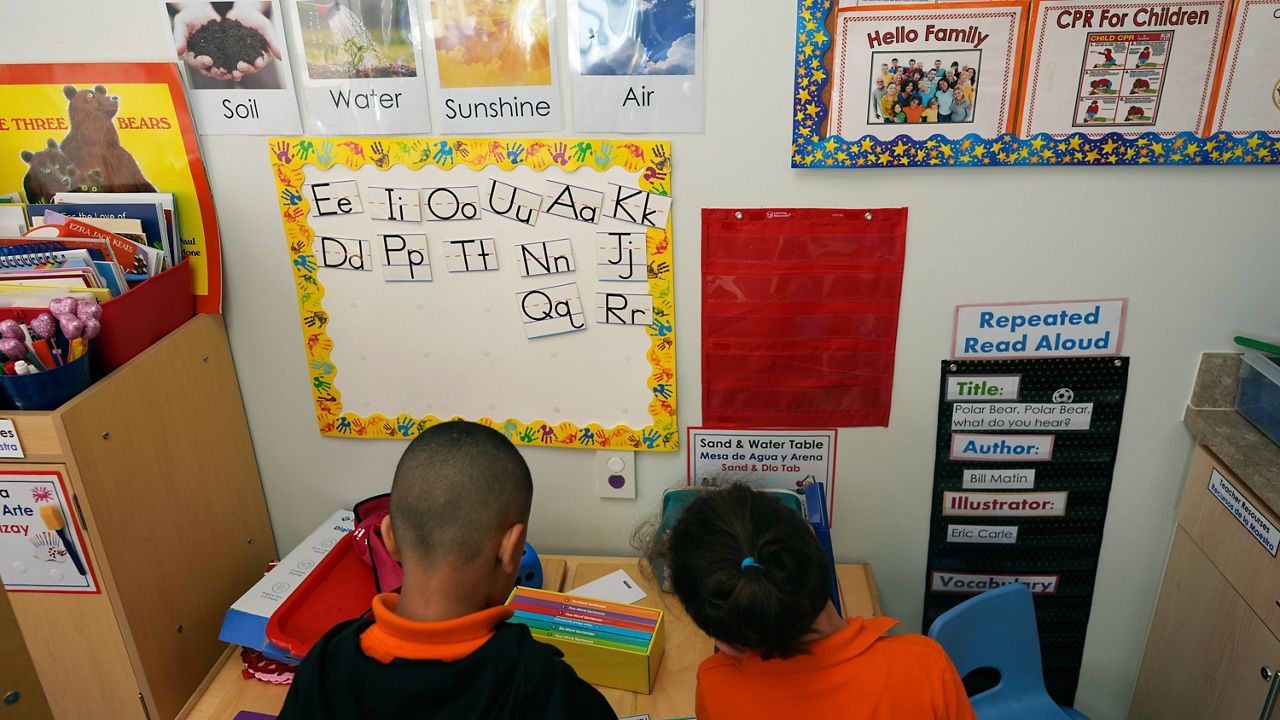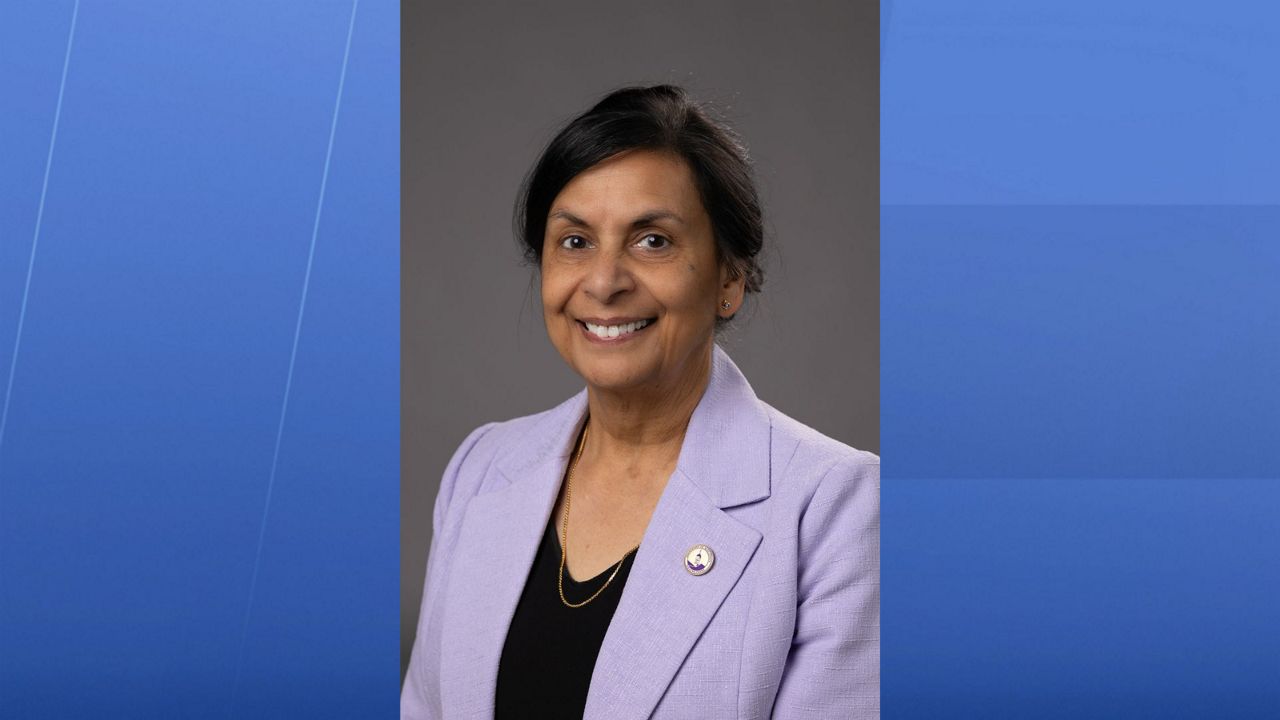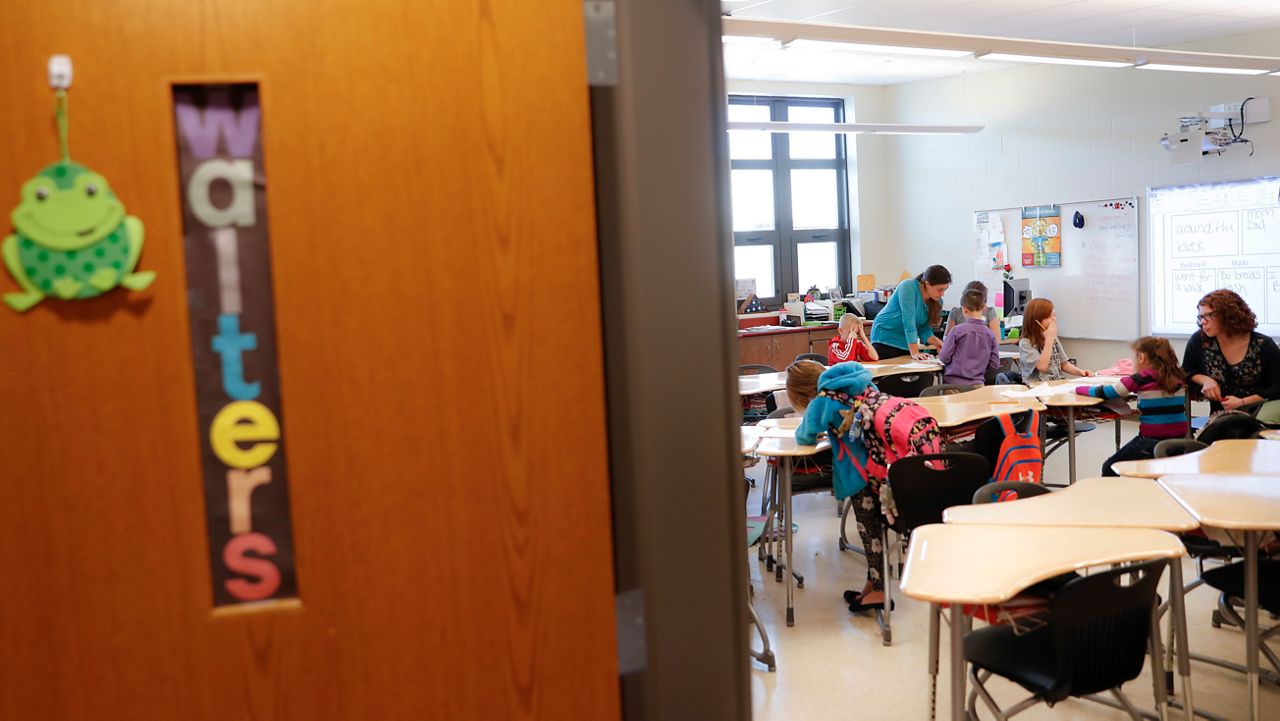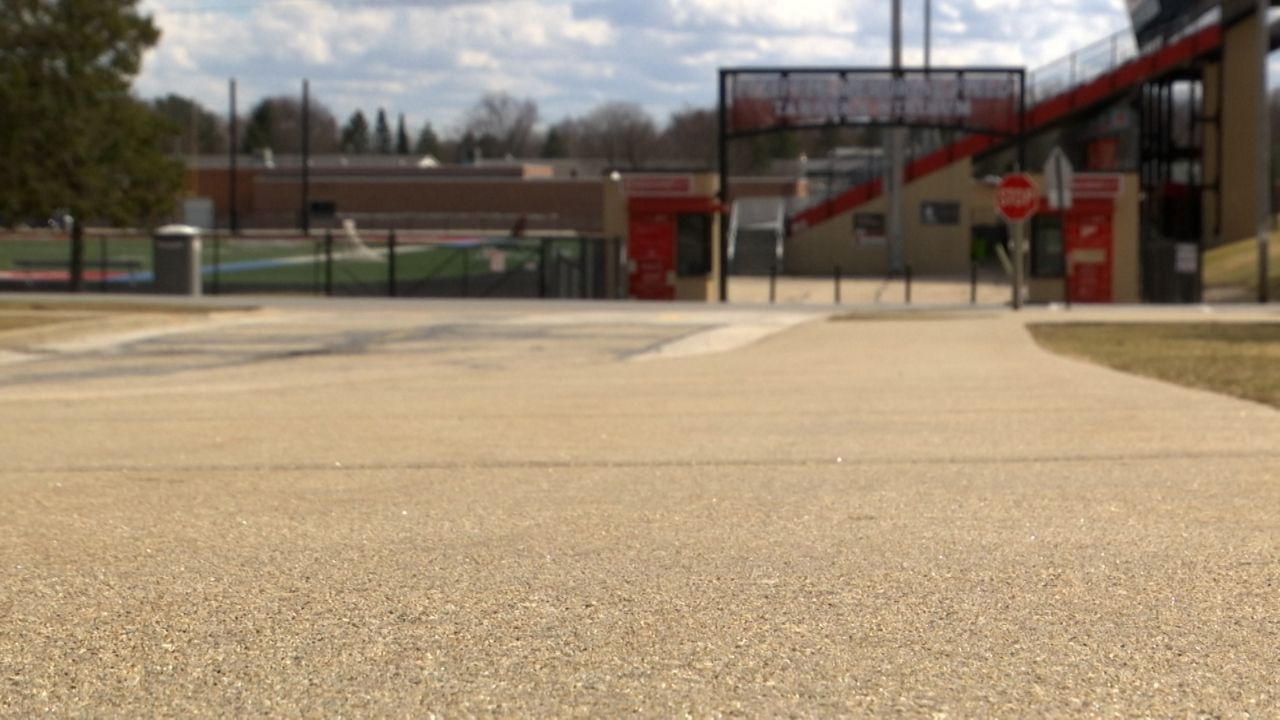WISCONSIN — K-12 referenda passed at the lowest rates since 2010 in Wisconsin, during the spring election.
There were 83 referenda on the ballot, which aimed to increase local property taxes for K-12 schools; 46 were approved, for a passage rate of 55.4%. Last year’s approval rate was 80.1%.
The referenda that passed will increase school spending by more than $600 million.
“Referenda to support higher levels of operating spending have been passed in a larger share of districts with falling enrollment and low and declining levels of state aid. Referenda to support spending on capital needs have been approved in a larger share of districts with growing enrollment, higher levels of state aid and high property values and household incomes,” Wisconsin Policy Forum said.
Wisconsin Policy Forum released a new report this month on referenda passage rates.
Since the 1993-94 school year, K-12 school districts in Wisconsin have been limited on the amount of money they can raise per student — including both state general school aids and local property taxes. But revenue rates have not matched inflation rates since 2011. The 2021-23 state budget froze revenue limits for two years.
“In recent years, that has prompted a groundswell of school referenda in which voters have opted to increase district spending and their local property taxes by more than what the revenue limits would otherwise allow. This surge moderated somewhat this spring, however,” Wisconsin Policy Forum explained.
Spring 2023 referenda
Sixty-nine Wisconsin school districts pursued referenda in April. Fourteen of them had two referenda on the ballot.
In April 2023, Wisconsin voters approved 18 out of 29 referenda — 62.1% — to finance capital projects, which included building renovations and construction projects. That totaled in at $368.8 million. In 2022, the same type of referenda saw a 77% passage rate.
Of the 83 referenda on the ballot, 54 sought to increase operating budgets. The most common kind of operating referenda is a non-recurring operating referenda. This type of referenda increases property taxes for a limited time. Recurring operating referenda are permanent changes.
Of the non-recurring operating referenda — 44 — 22 were approved. This is the lowest approval rate since 2010. Taxes will increase by $257.9 million for a few years.
Of the recurring operating referenda — 10 — six were approved, which will permanently increase property taxes by $19.8 million per year.
Even though K-12 referenda to raise property taxes passed at lower rates in 2023, “they remain relatively common compared to a decade ago. That reflects tight school revenue limits and relatively flat state aid and levy limits for local governments,” Wisconsin Policy Forum said.
Enrollment demographics
Between 2010 and 2023, most Wisconsin school districts passed at least one referendum. Wisconsin Policy Forum said this meant nearly every community was likely to have done so, regardless of demographic.
There are 421 school districts in Wisconsin. Wisconsin Policy Forum said most school districts — 306 — saw a decline in enrollment. This can be attributed to low birth rates, net migration and the pandemic. The other 115 school districts had an enrollment increase.
Since 2010, 50.43% of school district with increasing enrollment passed at least one operating referendum, compared to 55.88% of school districts with declining enrollment.
“This modest difference is perhaps not surprising given that declining enrollment districts multiply their per pupil limit by fewer students, yielding a lower revenue cap, tighter operating budget, and more reason to seek higher property taxes. Rising enrollment districts, on the other hand, multiply their pupil revenue limit by more students, boosting their revenues, easing budget strains, and lessening the potential need to seek an operating referendum,” Wisconsin Policy Forum said.
Looking at the same time frame, 79.13% of school districts with increasing enrollment passed at least one capital referendum, compared to 67.65% of school districts with declining enrollments.
“While both types of districts may have aging buildings to renovate or replace, increasing enrollment districts also have more students to accommodate, which puts pressure on them to add classrooms and carry out capital projects,” Wisconsin policy forum explained.
10.43% of schools with increasing enrollment did not pass any referenda from 2010 to 2023; 12.75% of schools with declining enrollment did not pass any referenda during that time.
Locale demographics
When looking at what kind of community, or locale, Wisconsin school districts are located in, researchers found that all urban-based school districts — 17 — passed at least one referendum between 2010 and 2023. Since 2010, 64.71% of school districts passed at least one operating referendum, and 88.24% passed at least one capital referendum.
Wisconsin has 77 suburban school districts, 38.96% of which have passed at least one operating referenda from 2010 to 2023. During those years, 80.52% of suburban school districts passed at least one capital referenda. 12.99% of suburban school districts in the state did not pass any referenda.
“This seems logical in that urban districts generally are seen as having more budget pressures than more well-to-do suburban districts. Voters in urban districts also tend to be more liberal and may also be more likely to favor school funding,” Wisconsin Policy Forum said.
Wisconsin Policy Forum noted that urban schools are more likely to pass capital referenda when compared with other locales.
“It’s worth noting that one of the most likely reasons for a capital referendum is aging school buildings. No statewide data on the condition of K-12 buildings exist, but urban districts may be more likely to have aging buildings in need of major maintenance, renovations, or replacement than those in suburbs. So, it is possible that the high percentage of urban districts passing capital referenda is more a matter of correlation than causation,” Wisconsin Policy Forum said.
Income potential impact on passage rates
Wisconsin Policy Forum also evaluated median household incomes among school districts.
One quarter of school districts, 105, had the highest household income. One quarter, 105, had the lowest household income. About half, 211, was set in the middle.
Of the high-income group, 77.14% of school districts passed at least one capital referendum between 2010 and 2023, but during that same time frame, only 45.71% passed at least one operating referendum. Of the high-income group, 18.1% did not pass any referenda.
Of the middle income group, 73.93% of school districts passed at least one capital referendum between 2010 and 2023, but during that same time frame, only 58.29% passed at least one operating referendum. Of the middle income group, 8.06% did not pass any referenda.
Of the low-income group, 58.1% of school districts passed at least one capital referendum between 2010 and 2023, and during that same time frame, 55.24% passed at least one operating referendum. Of the low-income group, 14.29% did not pass any referenda.
“These trends may reflect the fact high-income districts tend to have greater revenue limits and operating budgets to begin with — giving them less need for referenda. These districts may also enjoy greater support from their communities when they seek to upgrade their facilities,” Wisconsin Policy Forum said.
Property value demographics
When looking at property value, Wisconsin Policy Forum divided Wisconsin school districts into two groups: High property value districts and other districts. High property value districts receive little to no state general school aid.
“Compared to other districts, a smaller share of these districts has passed a capital referendum but a larger share has passed an operating referendum. That may reflect a greater need among these districts to focus property tax revenues on their operating budgets because of low state aid,” Wisconsin Policy Forum said.
Half of high property value districts passed at least one operating referendum between 2010 and 2013. Half of high property value districts passed at least one capital referendum between 2010 and 2013. During that same time, 24.53% of high property value districts did not pass any referenda.
When looking at all other districts during the same time frame, 55.87% passed at least one operating referendum and 77.78% passed at least one capital referendum. 7.94% of those districts did not pass any referenda.
Read the full Wisconsin Policy Forum report below:
K-12 Referenda Passage Rates Fall by Aly Prouty on Scribd
Aly Prouty - Digital Media Producer
Aly Prouty is a digital producer for Spectrum News 1 Wisconsin, Ohio and Kentucky. An award-winning, multimedia journalist, she holds an honors B.A. in journalism from Marquette University and an M.A. in journalism and media studies from The University of Alabama.





